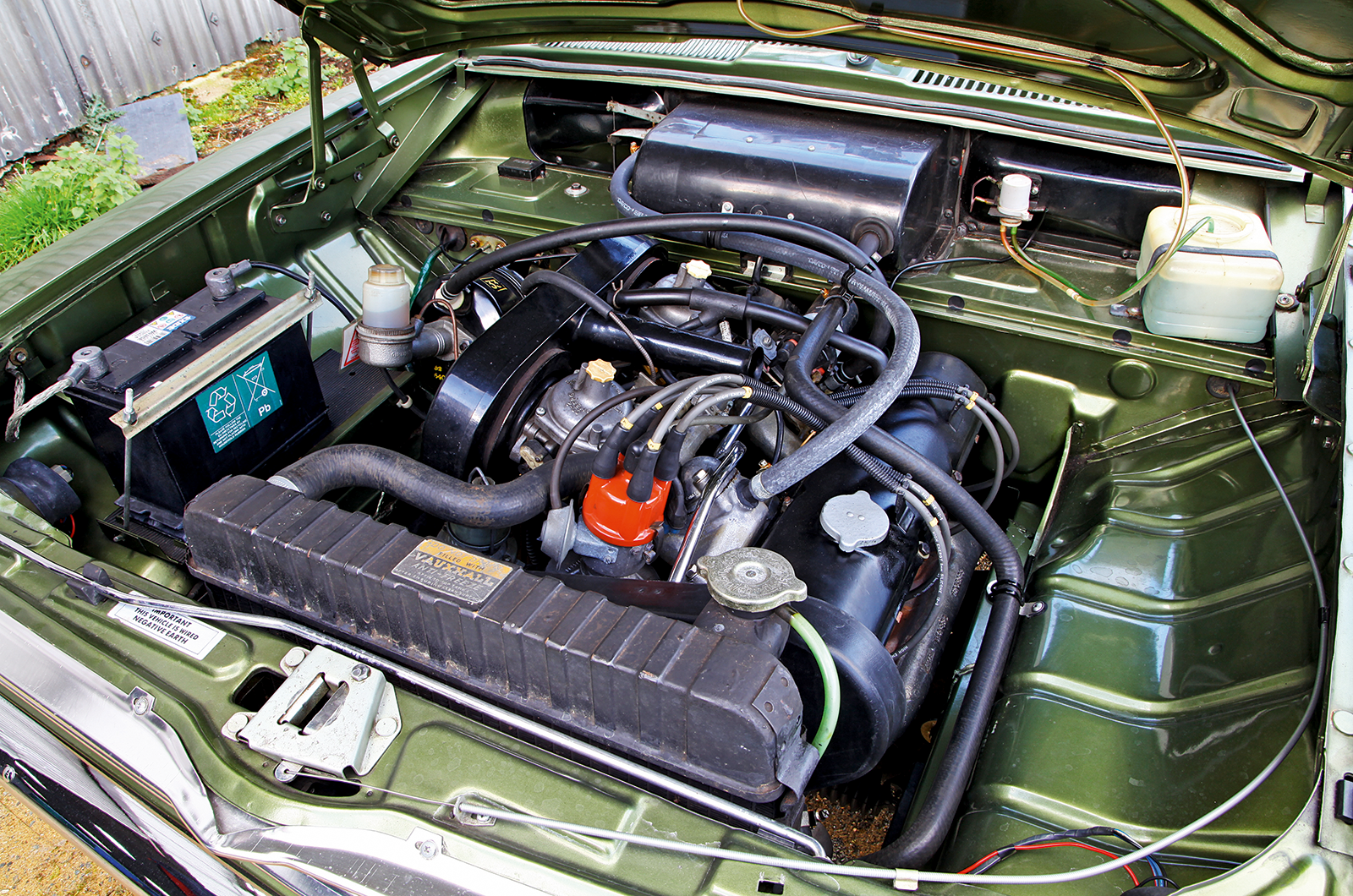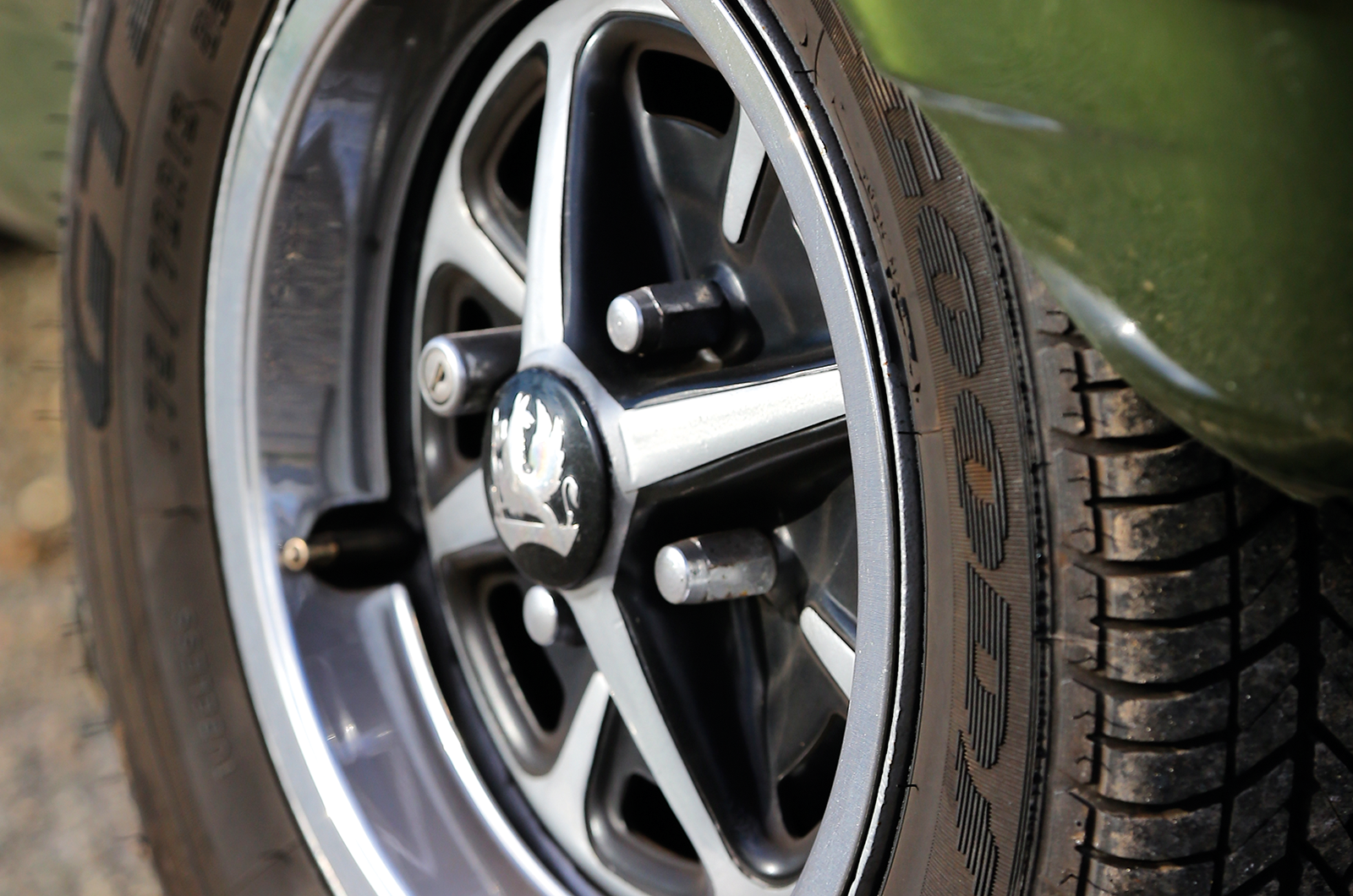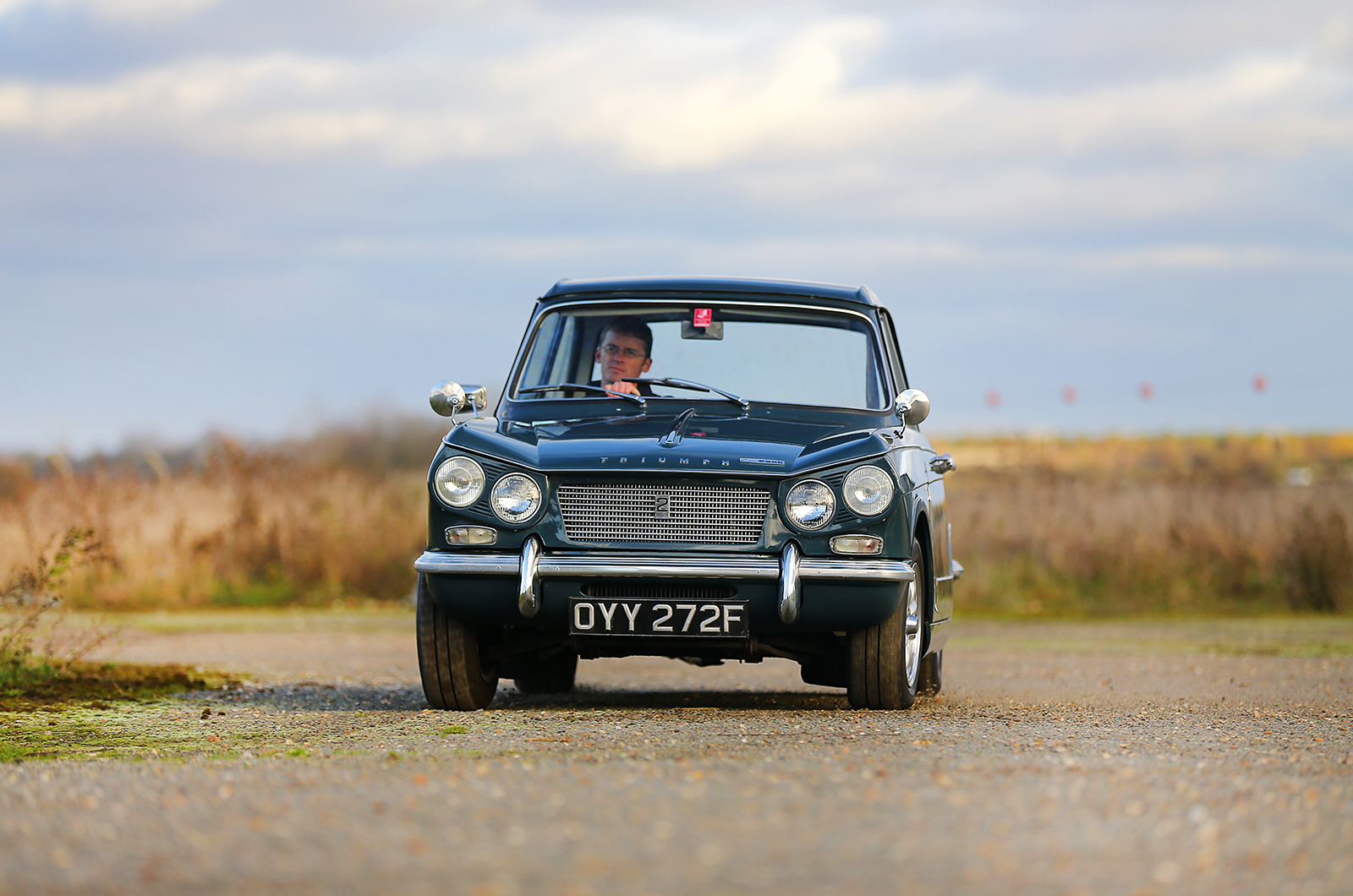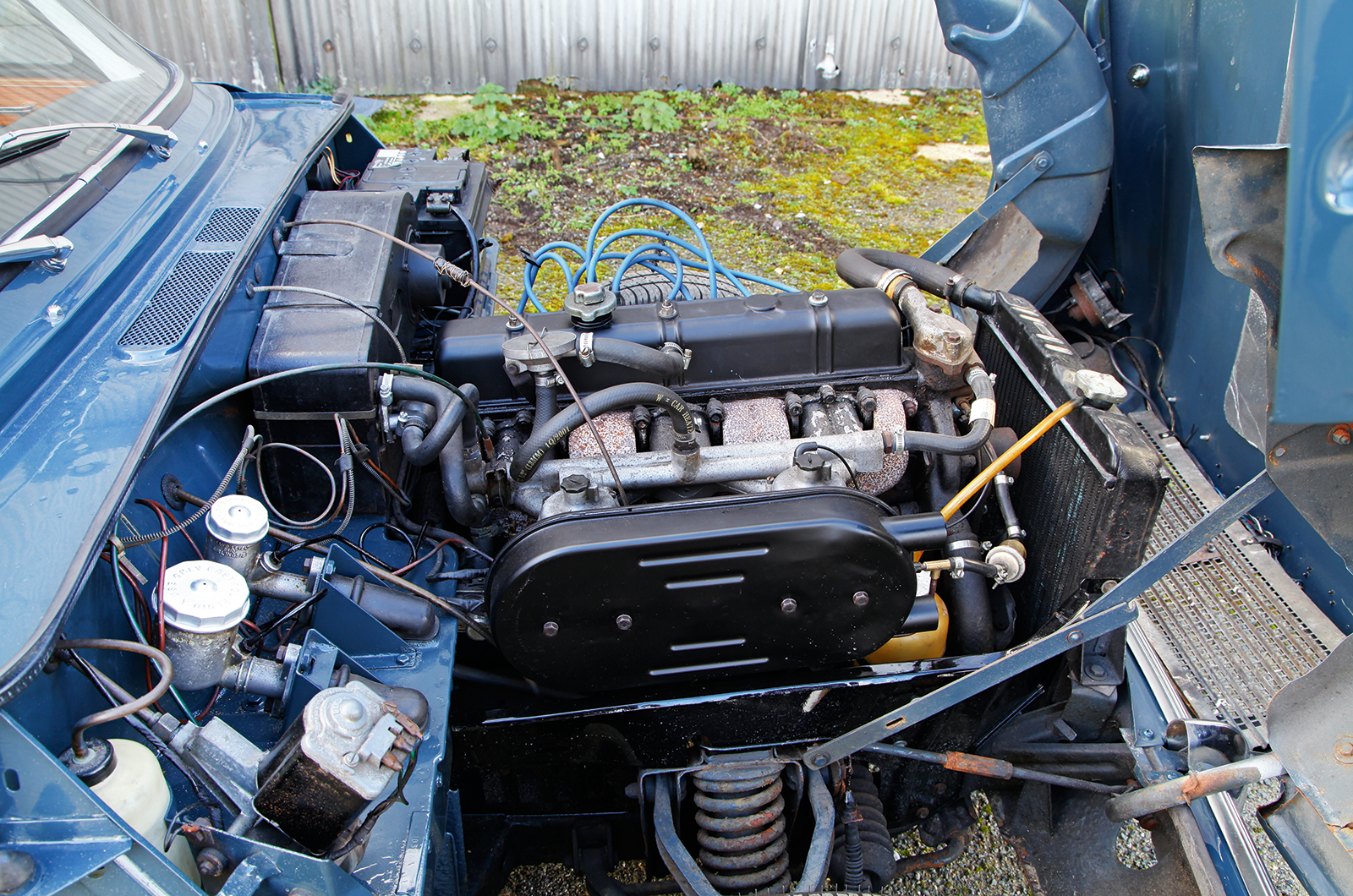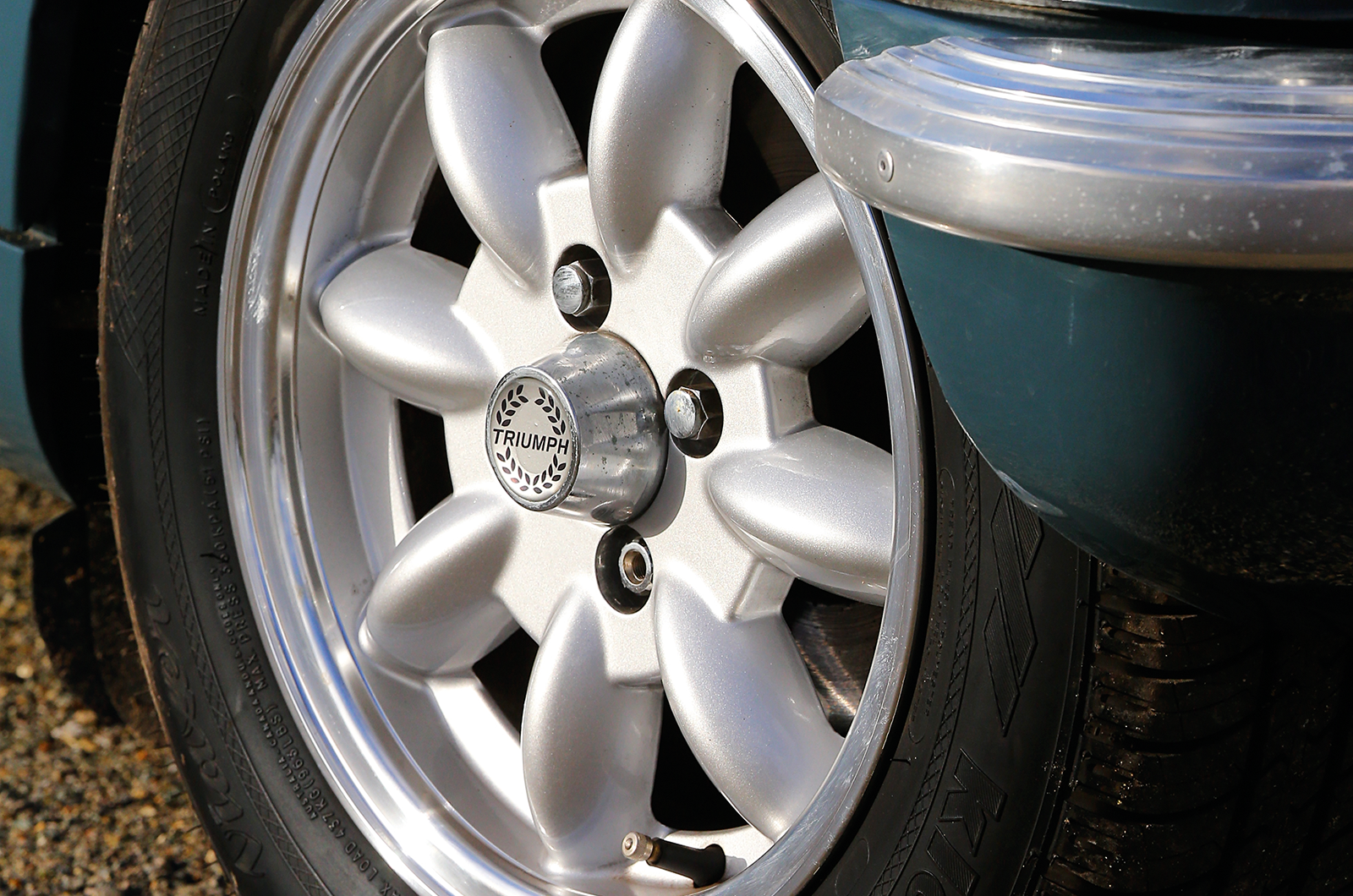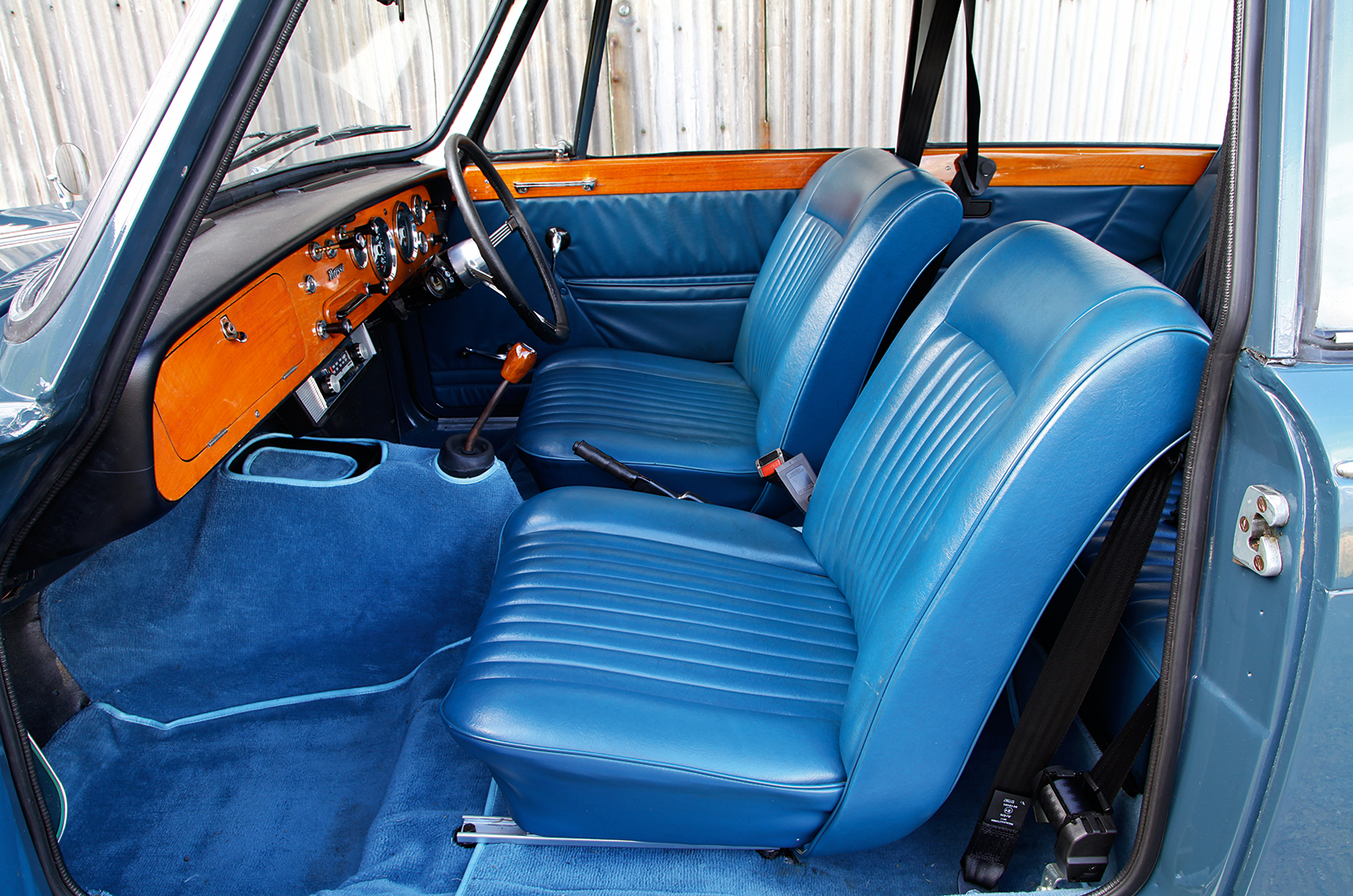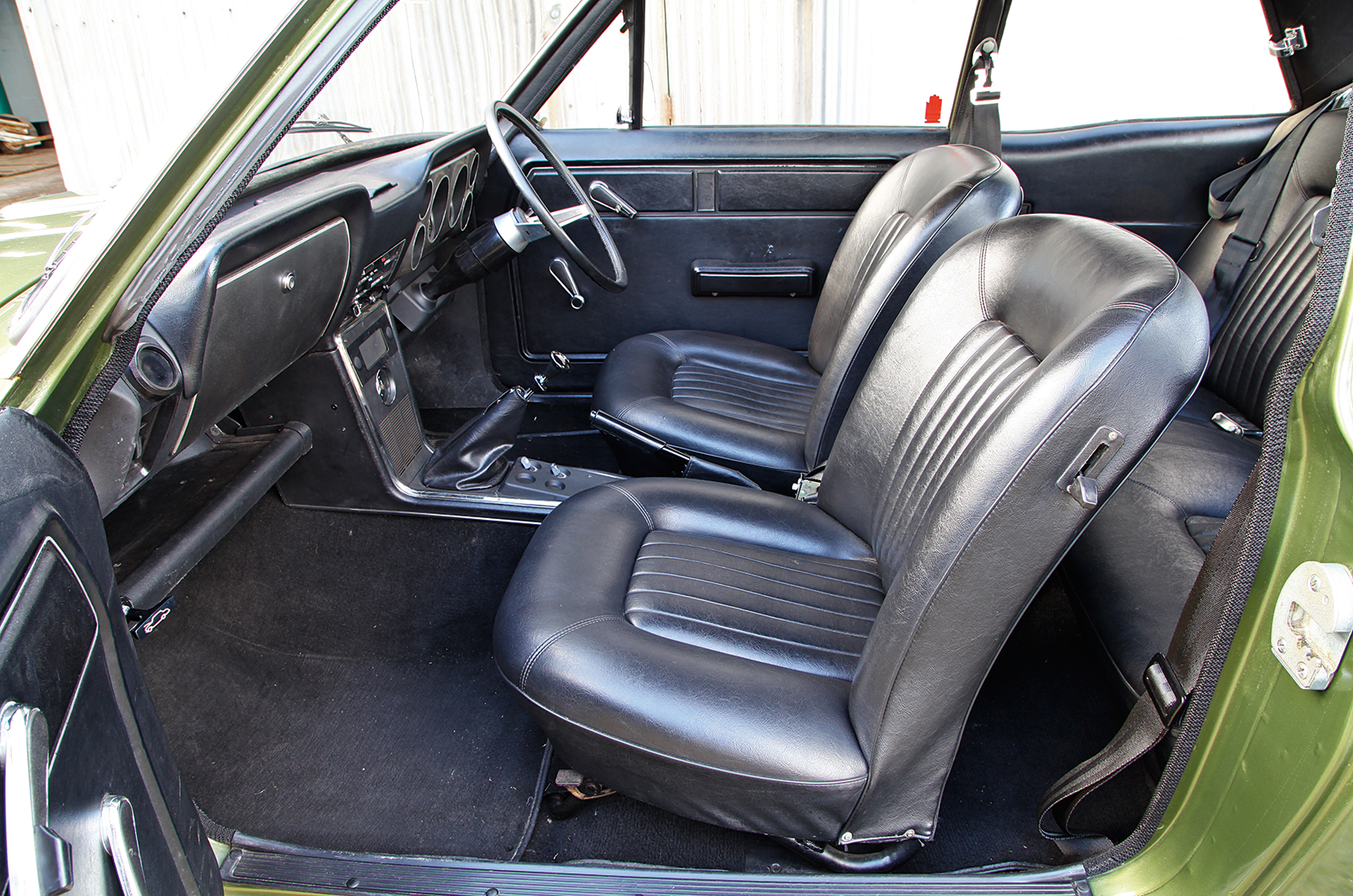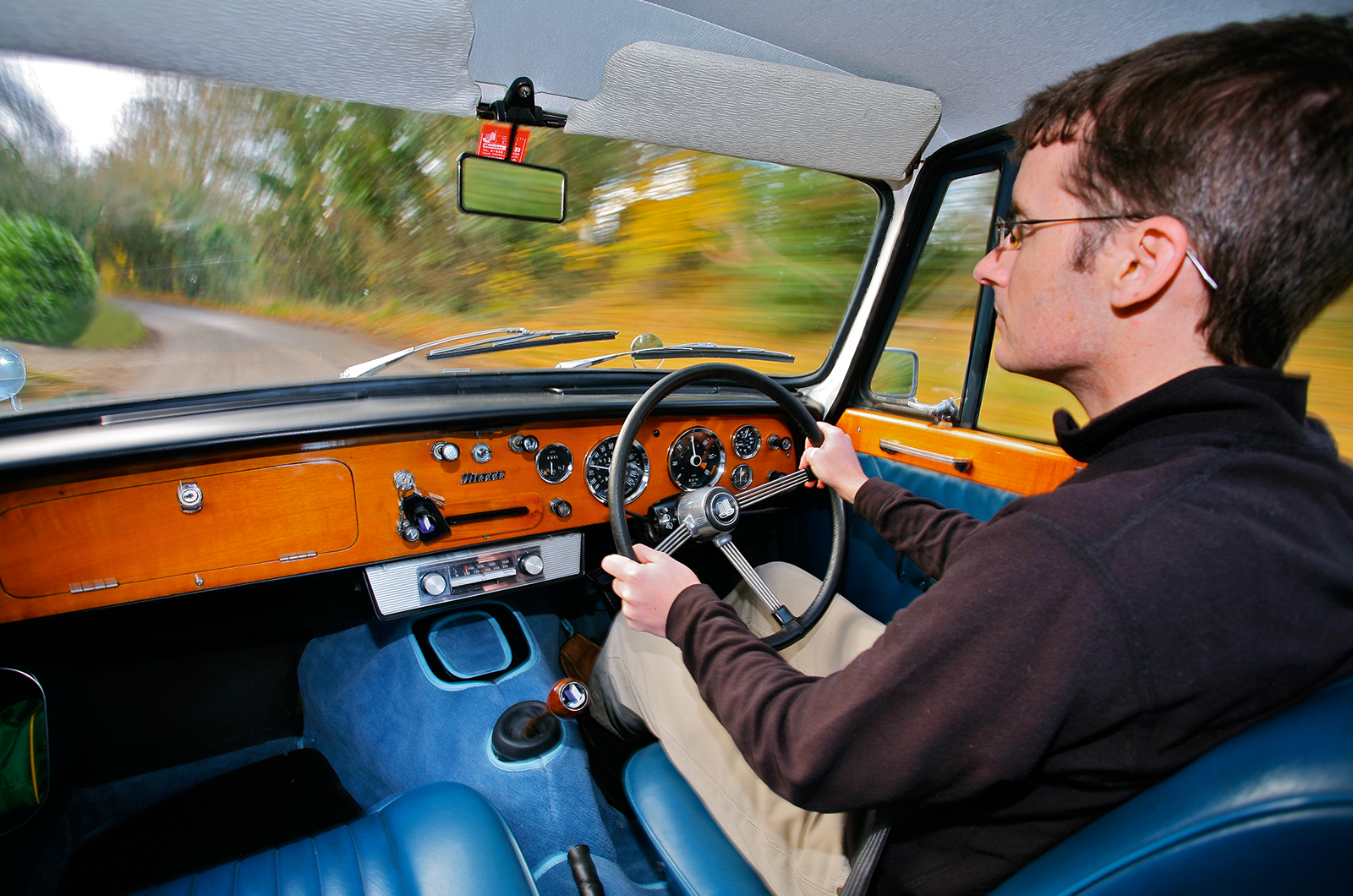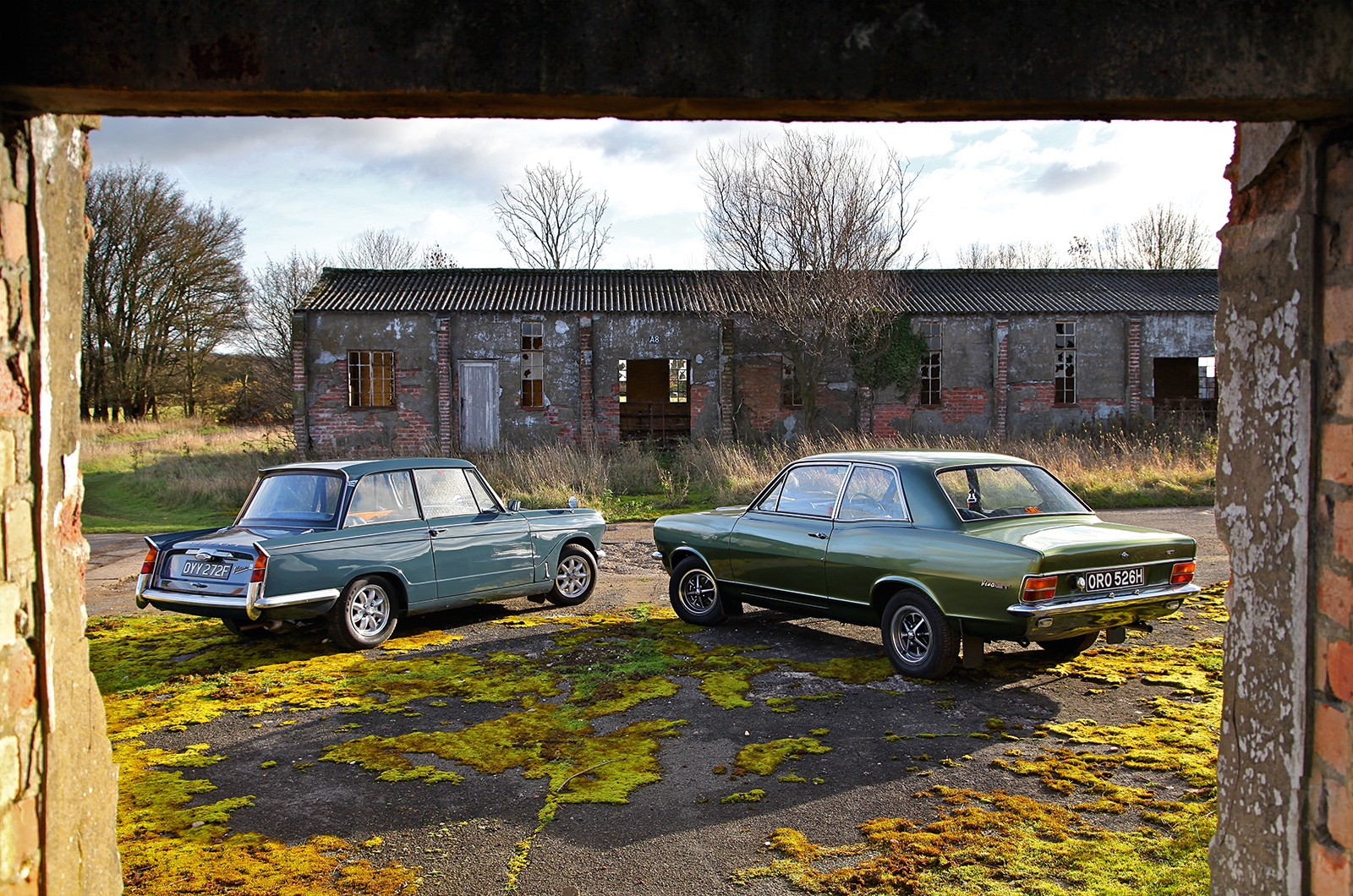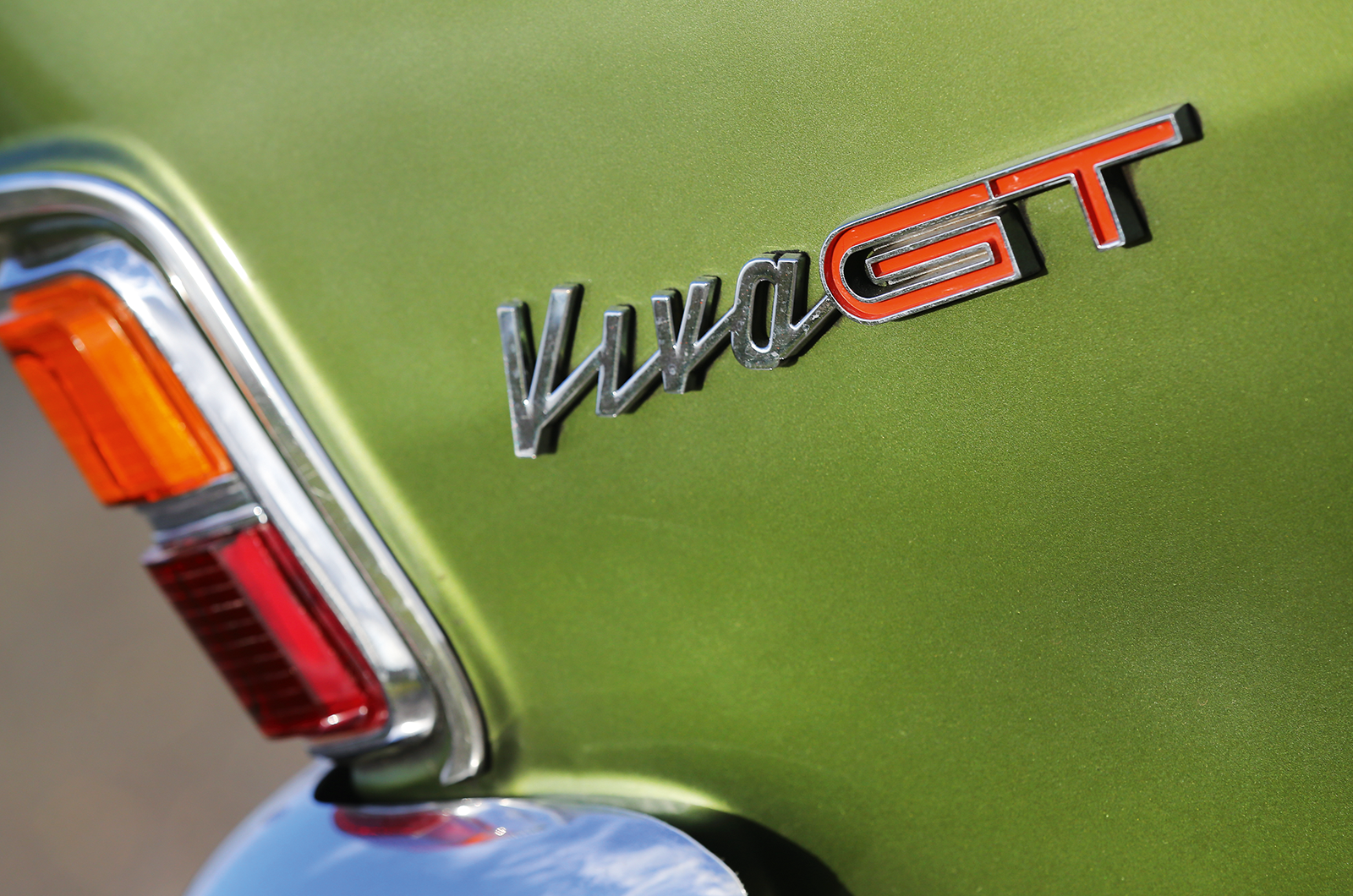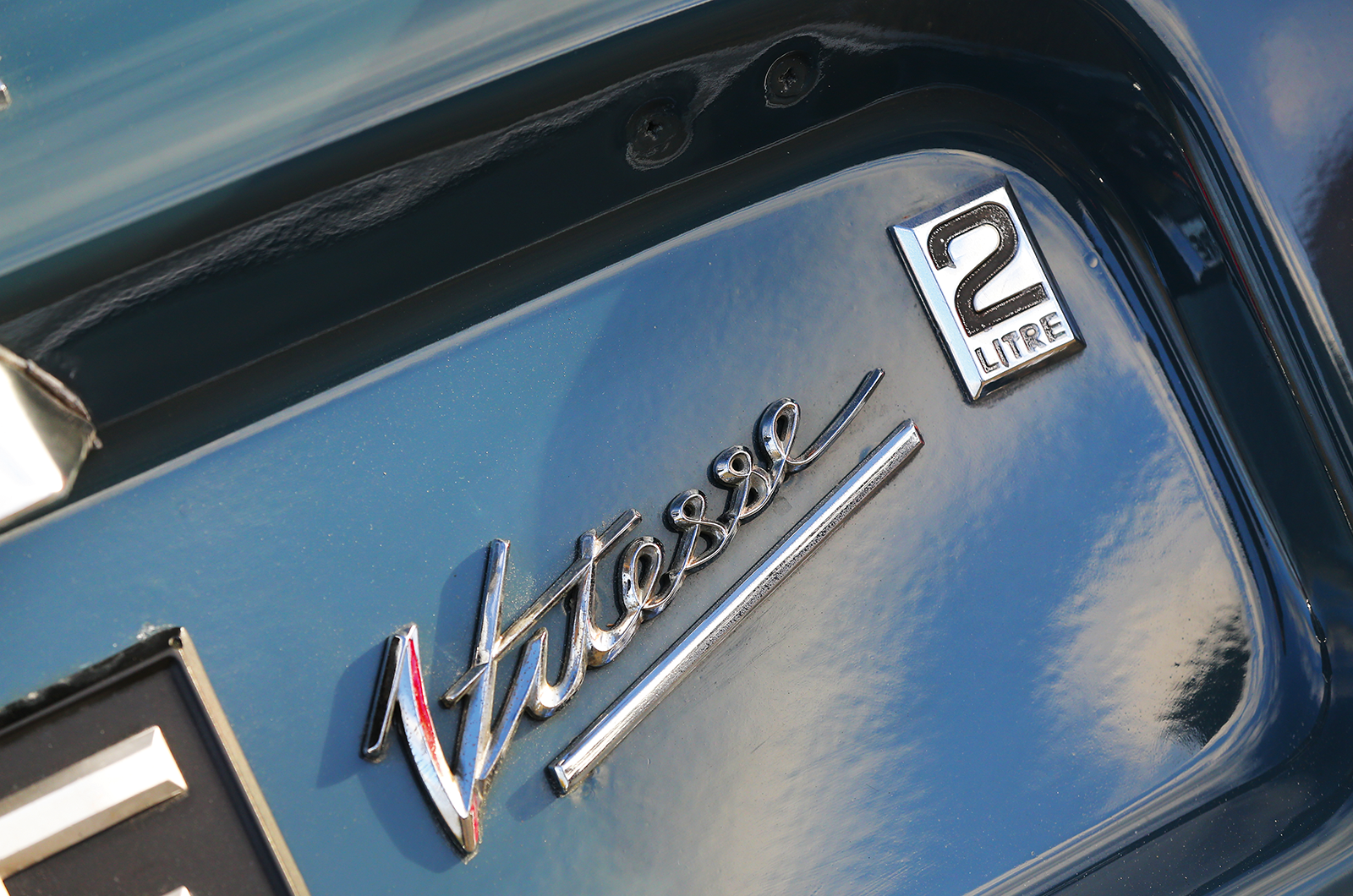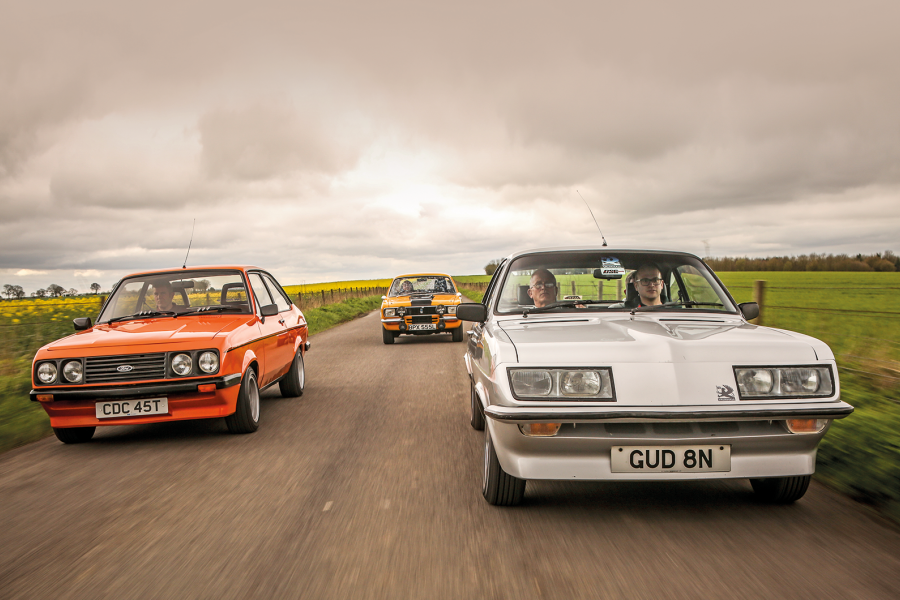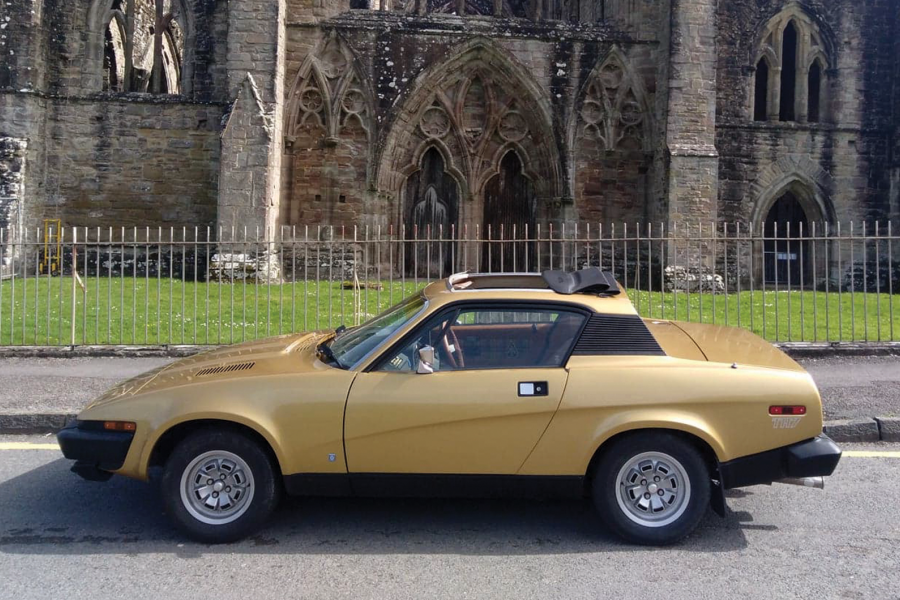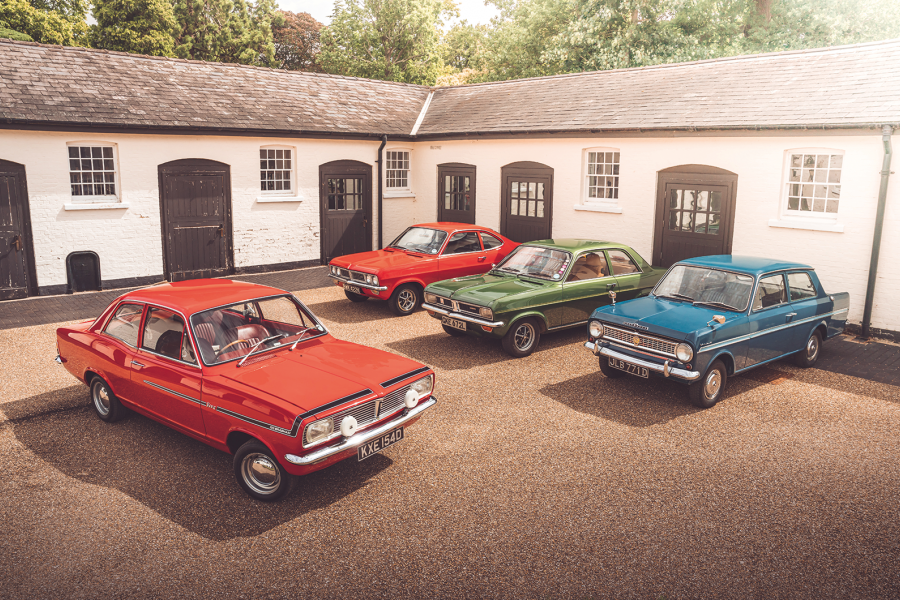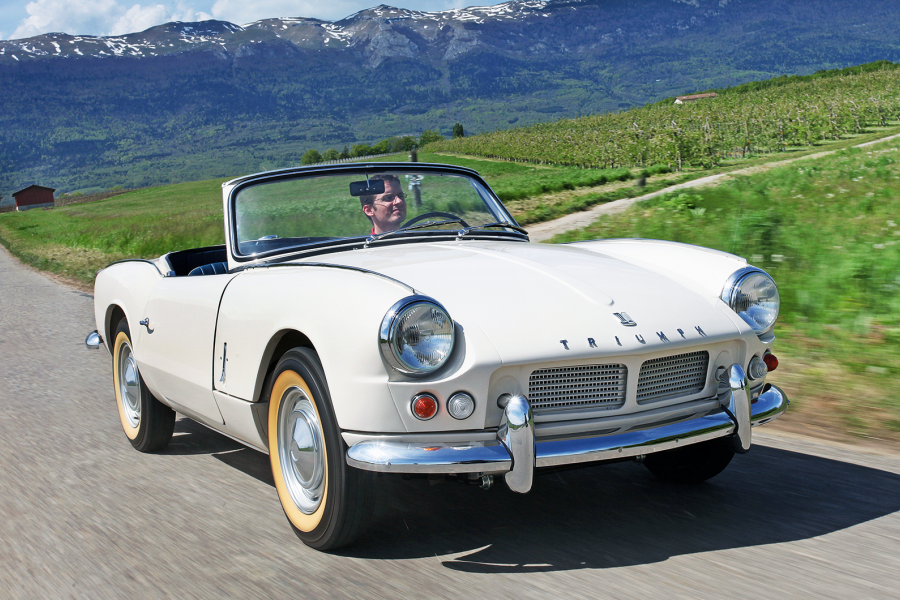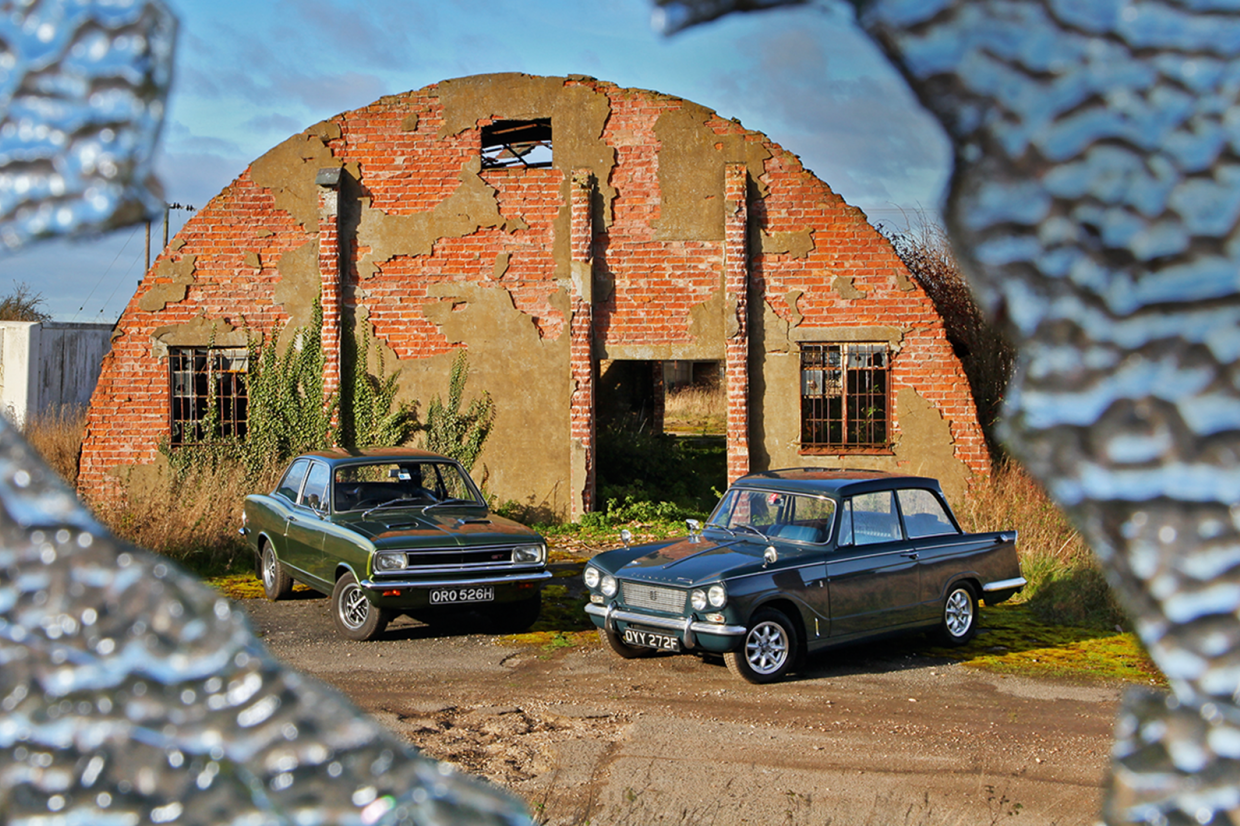
The enthusiastic motorist of the late ’50s would not have considered Vauxhall to be a genuine rival to Triumph, which basked in the glow created by its popular TR sports-car range.
Not since the fabled 30-98 of the vintage era had the Luton firm produced an overtly sporting model, and it was also losing out by not being represented in the small-engined market so ably exploited by the Herald.
But both of those things were about to change, and come together in one particular car.
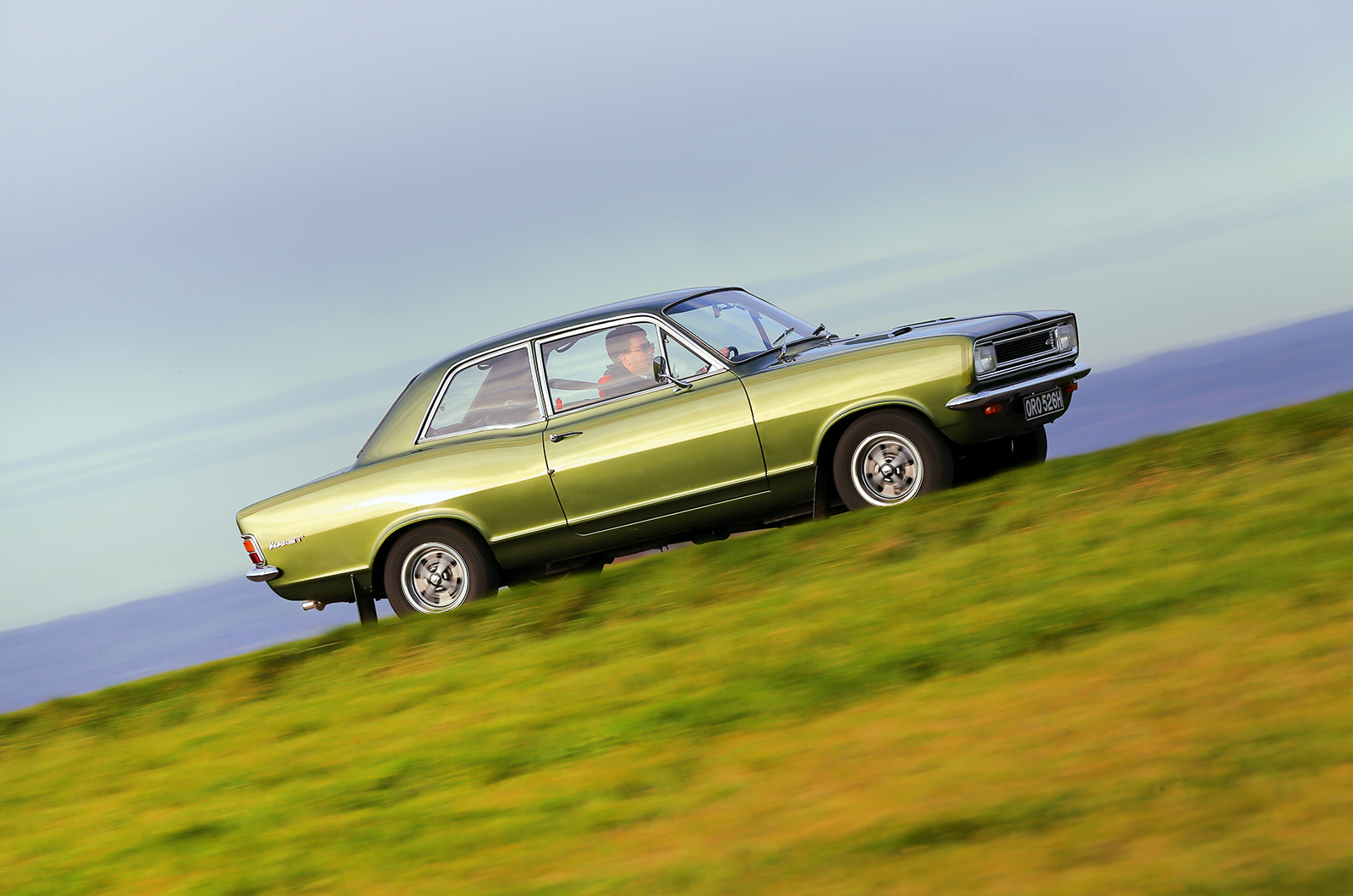
Discreet pinstriping and a matt-black grille are two of the giveaways that this is the potent Viva
The performance issue was first addressed by the 71bhp version of 1961’s FB Victor, the base model of which continued Vauxhall’s move away from the outlandish American-inspired styling that characterised its recent past.
The VX4/90’s 1508cc high-compression engine featured twin carburettors and an alloy cylinder head, while external cues included a natty side-stripe.
If the FB Victor was more sober than its predecessor, the new Viva was utterly conventional and anonymous when it was launched in 1963.

